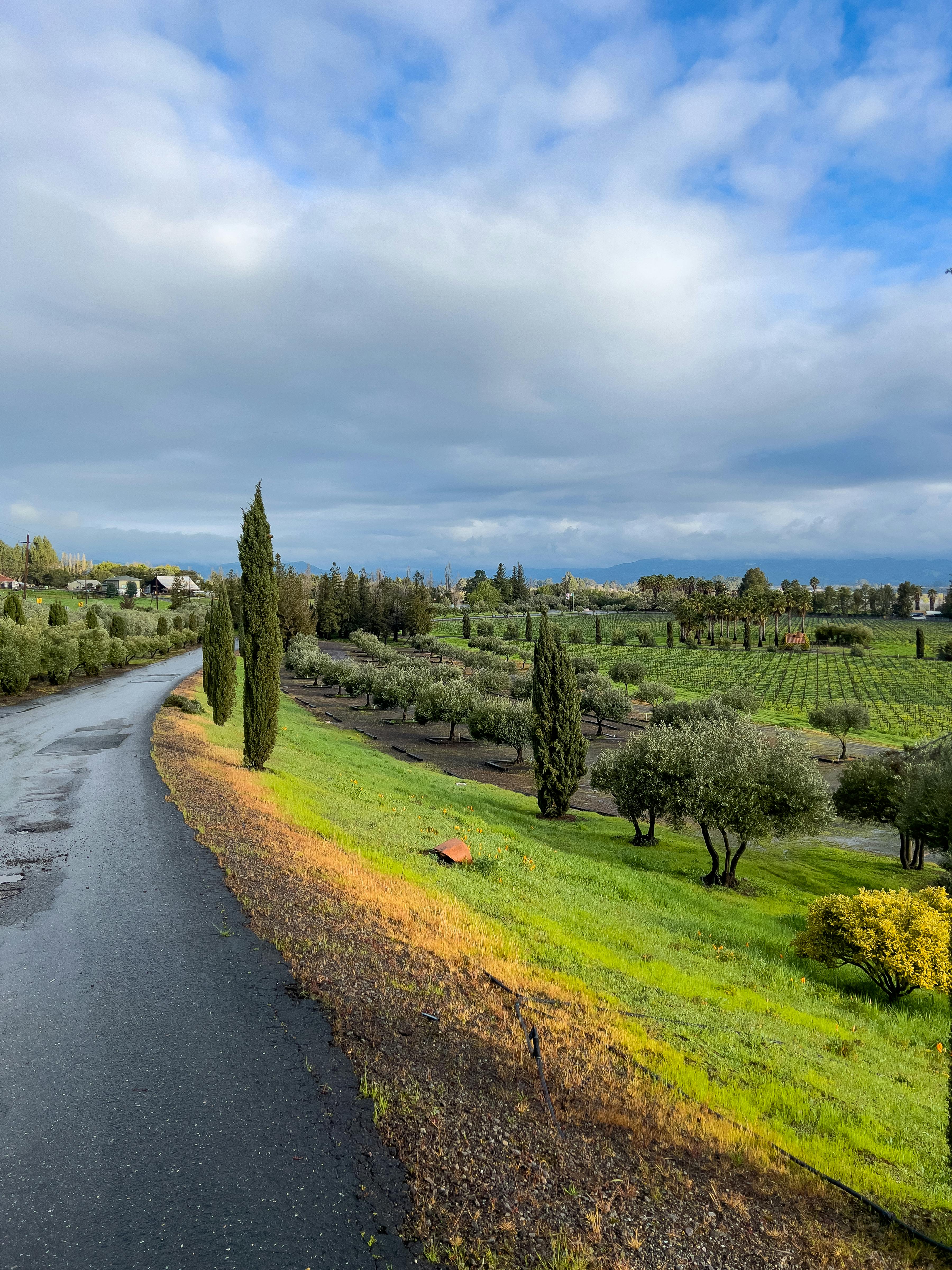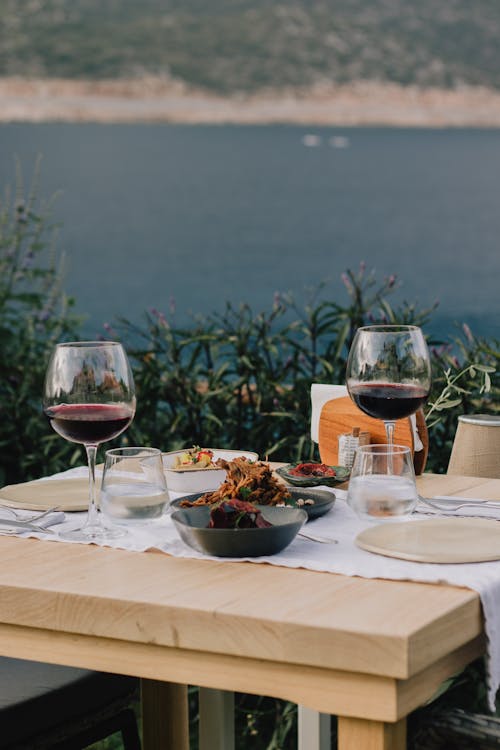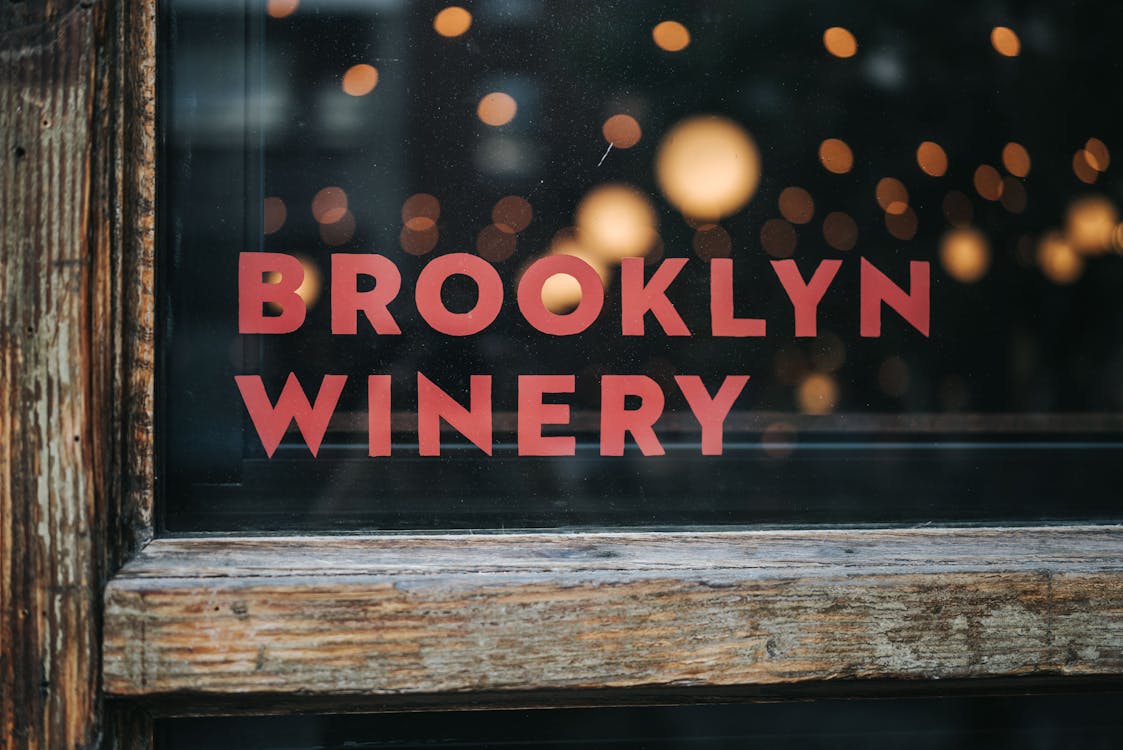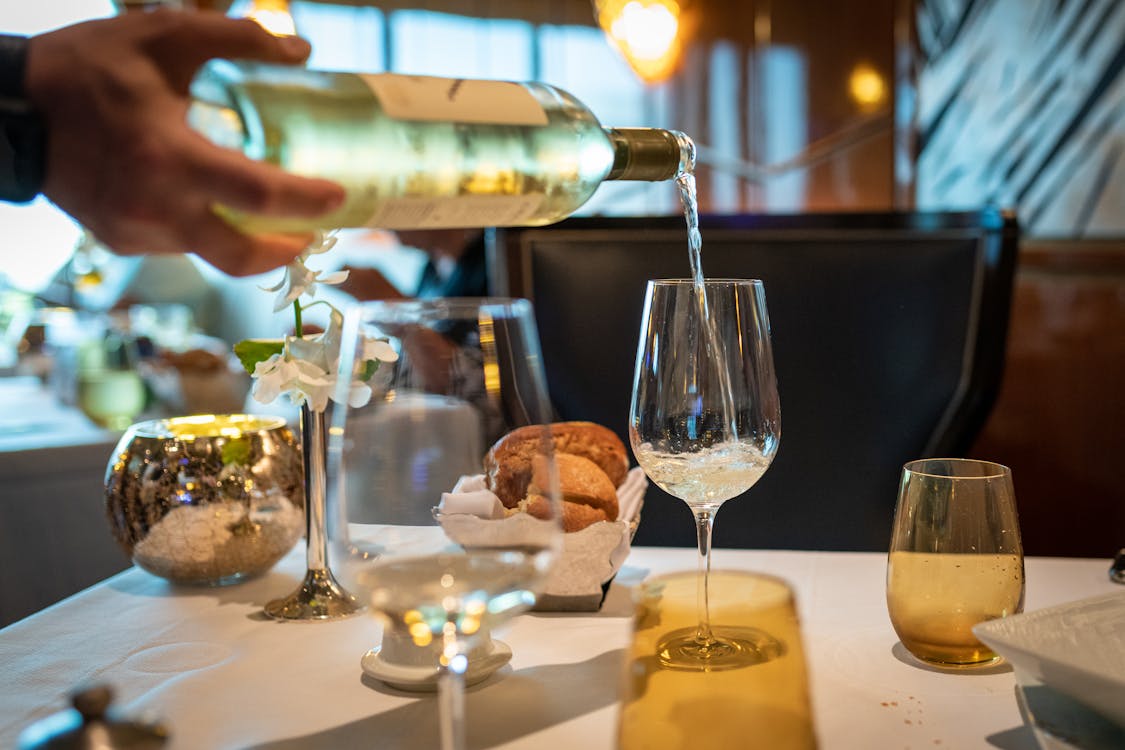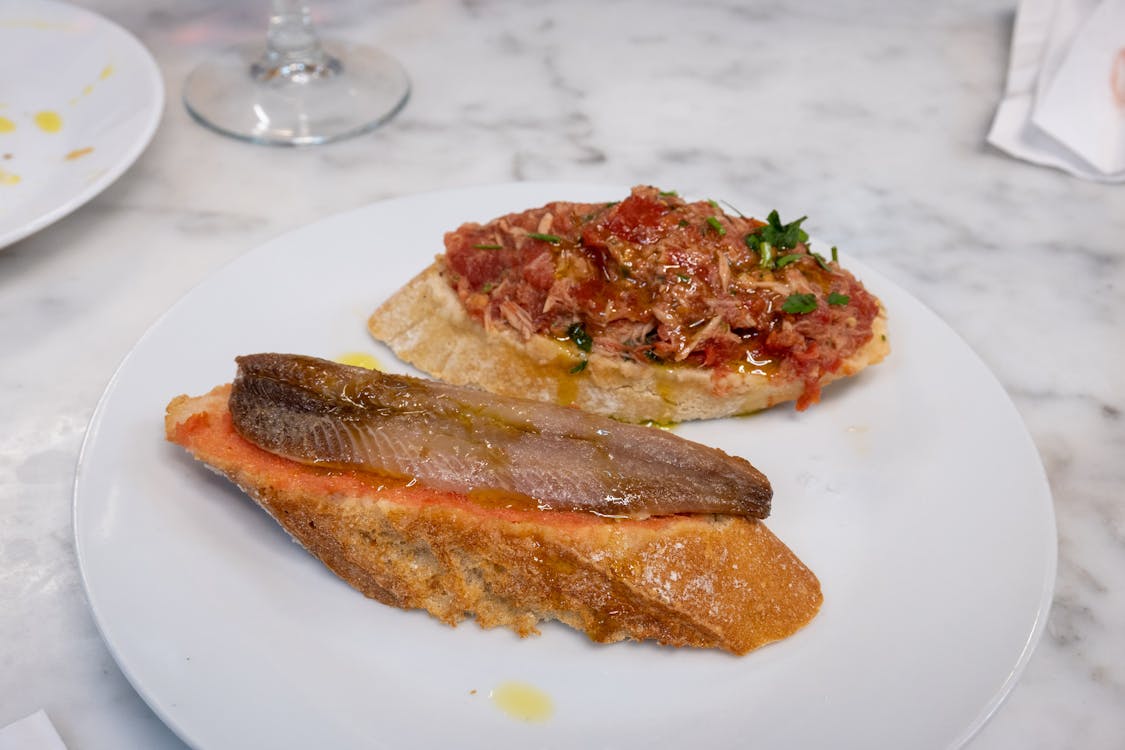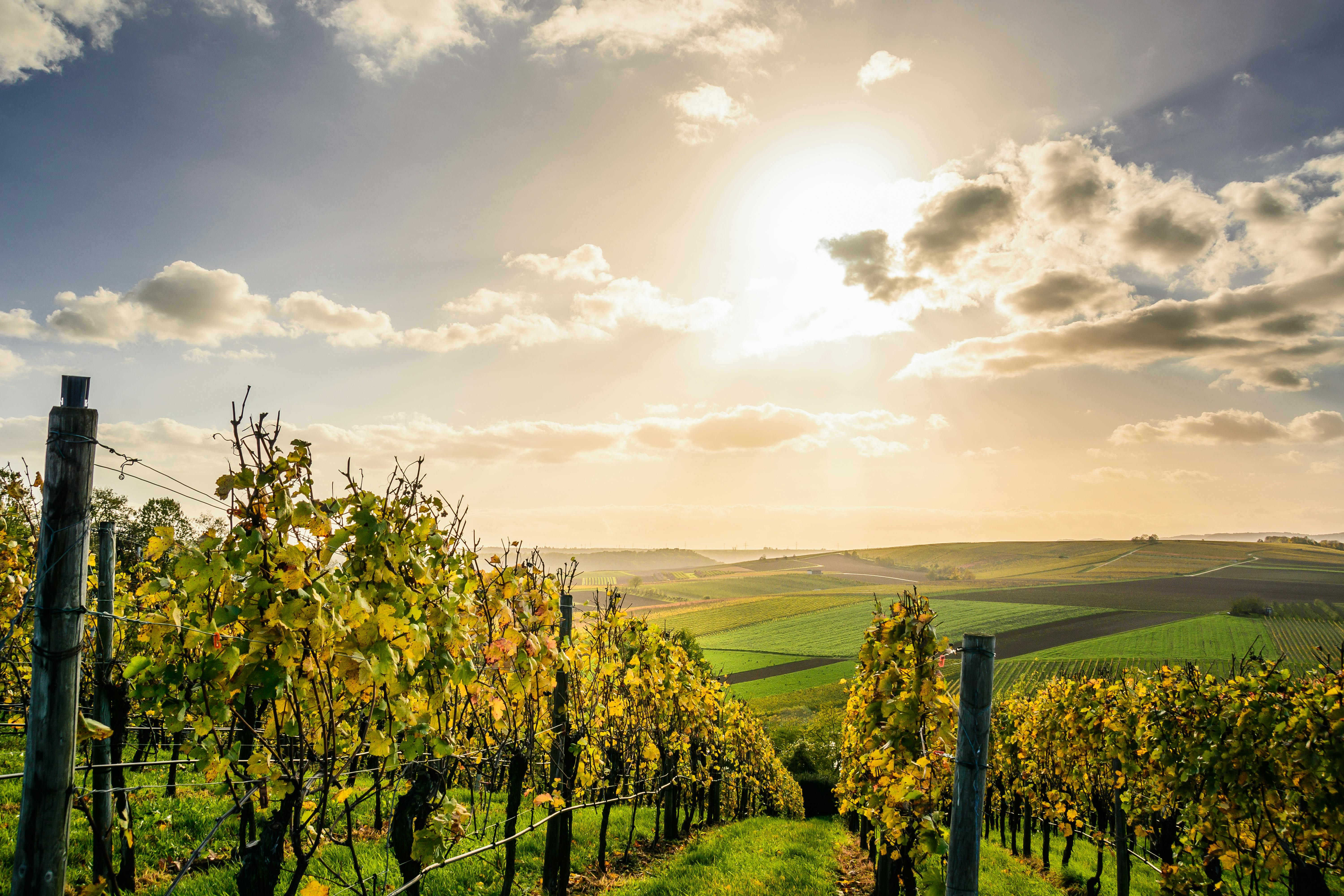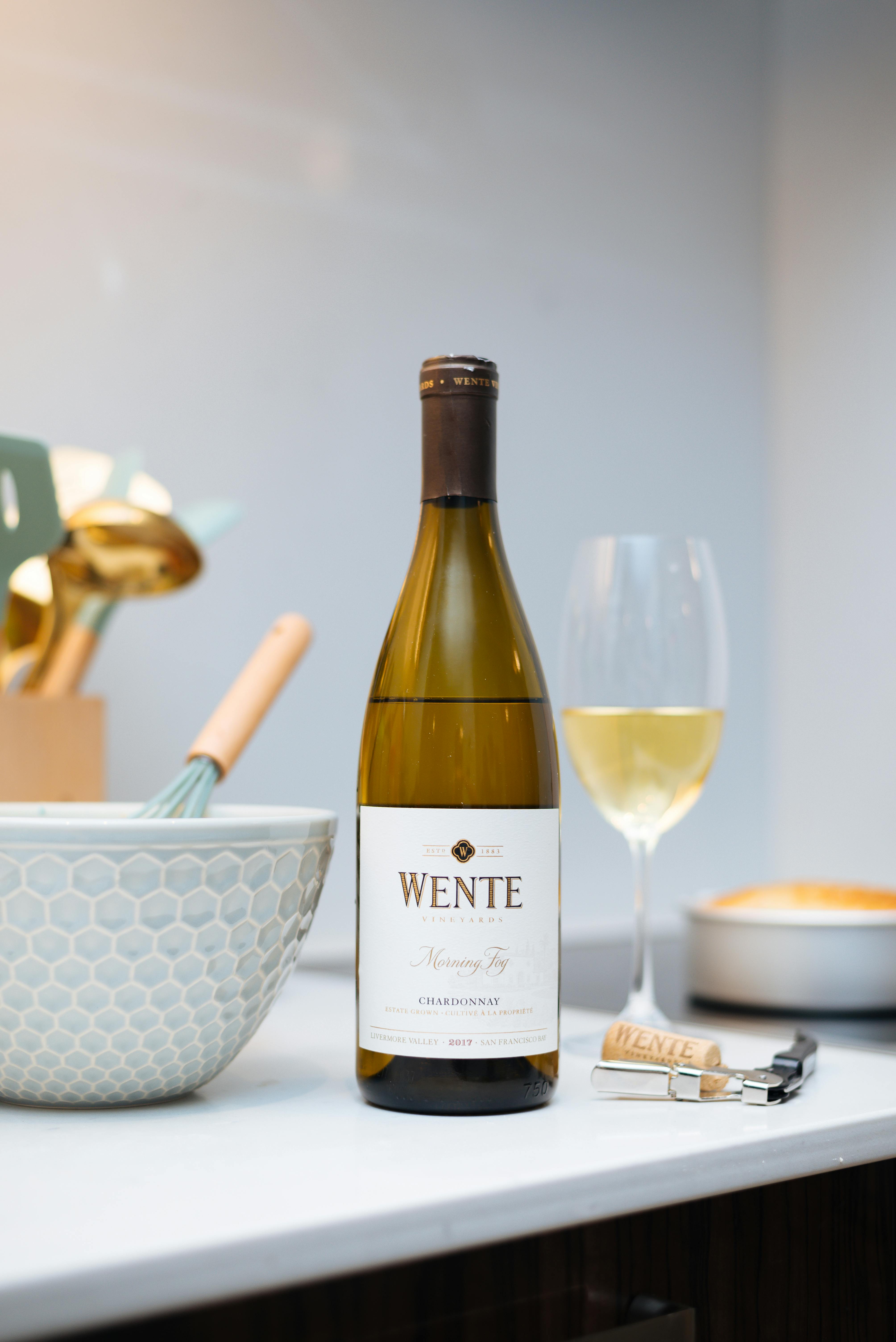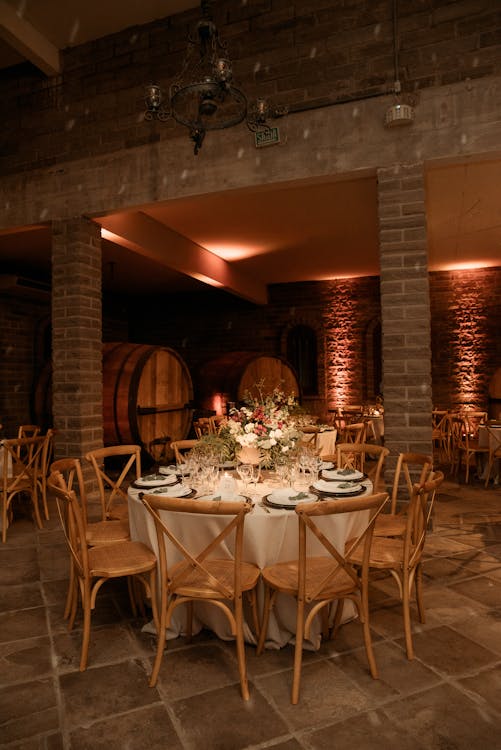Hello, fellow Sippers
If your passport is stamped with the classic routes of Bordeaux, Tuscany, and Napa, you know the magic of wine travel. But what if I told you the world’s most compelling wine stories are often found on the edges of the map, far from the tourist crowds and the high prices?
It’s time to trade the familiar cellar door for something ancient, authentic, and utterly thrilling. We’re going east!
Eastern European wine regions are experiencing a phenomenal revival. After decades of state-controlled production, passionate winemakers are resurrecting indigenous grapes and techniques dating back millennia. These hidden wine regions offer a rare blend of history, unique flavors, and incredible value, making them the ultimate wine travel destinations for the adventurous palate.
Ready to discover your next favorite bottle? Grab a glass, and let’s explore 10 hidden wine regions in Eastern Europe you need to visit now.
Your Passport to the Undiscovered: 10 Hidden Wine Regions
Kakheti, Georgia: The Cradle of Wine
If there’s one region on this list that demands your attention, it’s Kakheti. Georgia is recognized as the world’s oldest wine-producing region, with evidence of winemaking dating back 8,000 years.
- Unique Characteristics: The traditional Qvevri method of fermenting and aging wine in large, beeswax-lined terracotta vessels buried underground produces powerful, unique wines. This is the global home of skin-contact white wines (often called “orange wine”).
- Must-Try Grapes: The inky, age-worthy red Saperavi and the rich white Rkatsiteli.
- Why Visit: To witness an unbroken, ancient tradition and experience unparalleled hospitality where the host ensures your glass is never empty.
Goriška Brda, Slovenia: The Emerald Hills
Often called “Slovenia’s Tuscany,” this tiny region sits right on the border with Italy’s Friuli region. It blends Italian elegance with Balkan flair.
- Unique Characteristics: A beautiful hilly landscape dotted with medieval villages. Producers here are pioneers in the natural wine movement, focusing on minimal intervention and purity.
- Must-Try Grapes: The local white Rebula (Ribolla Gialla) and the red Refošk.
- Why Visit: It’s easy to navigate, exceptionally scenic, and a perfect stop for travelers moving between Venice and Vienna.
Moravia, Czech Republic: White Wine Wonders
Forget the Pilsner for a moment. Southern Moravia, particularly the area near Mikulov, is a beautiful landscape of rolling vineyards. While not well-known internationally, it produces surprisingly sophisticated wines.
- Unique Characteristics: Moravia is dominated by white wines, known for their refreshing acidity and aromatic qualities. Its focus on cold-weather varietals gives its wines a unique character.
- Must-Try Grapes: Pálava (a local cross between Müller Thurgau and Gewürztraminer) and Veltlínské zelené (Grüner Veltliner).
- Why Visit: Charming villages, beautiful wine cellars (sklípky), and a laid-back, budget-friendly atmosphere.
Thracian Valley, Bulgaria: Ancient Roots, Modern Power
The Thracian Valley has a viticultural history stretching back to the ancient Thracian tribes, and even Homer wrote about their wine. Today, it’s a region experiencing a large-scale, quality-focused renaissance.
- Unique Characteristics: A hot, dry climate ideal for producing rich, full-bodied reds with structure. Many large, modern estates are focused on producing export-quality products.
- Must-Try Grapes: The indigenous red Mavrud, known for its deep color and tannic structure, and the local Melnik.
- Why Visit: To taste big, powerful reds and explore historical sites near the ancient city of Plovdiv.
Istria, Croatia: Coastal Charm
While Dalmatia is famous for its bold reds, the heart-shaped peninsula of Istria offers a distinctly different, more Italianate wine experience.
- Unique Characteristics: The influence of the Adriatic Sea creates unique mineral-driven flavors. The region is equally famous for its delicious cuisine, fresh seafood, and truffles.
- Must-Try Grapes: The crisp white Malvazija Istarska (often aged on the skins) and the bold, earthy red Teran.
- Why Visit: Gorgeous coastal towns like Rovinj and Poreč, combined with world-class food, make it an ideal foodie wine travel destination.
Tokaj, Hungary: The Wine of Kings
Tokaj is not exactly a hidden wine region, but its dry wines often are! Known historically as the producer of the world’s most famous sweet wine (Tokaji Aszú), the region is now gaining fame for its sophisticated dry white wines.
- Unique Characteristics: Volcanic soil and misty air contribute to Botrytis (noble rot), essential for the sweet wines. Its dry wines are complex, mineral, and highly food-friendly.
- Must-Try Grapes: Furmint (dry and sweet) and Hárslevelű.
- Why Visit: Explore the vast, historical underground cellar systems and taste a wine once declared “Vinum Regum, Rex Vinorum” (Wine of Kings, King of Wines).
Transylvania, Romania: Dracula’s Vineyards
Yes, Romania has an amazing wine scene, and Transylvania offers a cool climate perfectly suited for aromatic white wines.
- Unique Characteristics: The cool climate and high elevation allow the grapes to retain high acidity, producing elegant, fresh wines. The history here is deeply connected to ancient Roman and Dacian cultures.
- Must-Try Grapes: Fetească Albă and Fetească Regală (both aromatic white varieties).
- Why Visit: Combine fascinating wine tours with visits to medieval castles and the rich folklore of the region.
Mosel, Germany: Steep Slope Riesling
Wait, is Germany in Eastern Europe? No, but its Mosel region is often overlooked for its intense, slate-driven style of wine. It deserves a mention for its dramatic, unique vineyards.
- Unique Characteristics: The steepest vineyards in the world (some over 60 degrees!) are hand-tended. The slate soil imparts a profound minerality to the wines.
- Must-Try Grapes: Riesling (from dry to lusciously sweet) and Elbling.
- Why Visit: Incredible views, challenging hikes, and some of the most balanced, age-worthy white wines on the planet.
Podravje, Slovenia: The Styrian Charm
Located in Slovenia’s eastern corner, Podravje shares its traditions with Austria’s Styria region. It focuses heavily on aromatic white wines.
- Unique Characteristics: This region is known for producing quality sparkling wines and exceptional late-harvest sweet wines. Its climate is cooler and more continental than Istria’s.
- Must-Try Grapes: Šipon (Furmint) and aromatic internationals like Traminer and Riesling.
- Why Visit: Beautiful, small family farms and a chance to explore Maribor, home to the world’s oldest living grapevine.
Tikveš, North Macedonia: Balkan Powerhouse
North Macedonia has a long, warm growing season, making it a reliable source for big, ripe red wines that are almost unheard of outside the Balkans.
- Unique Characteristics: The Mediterranean climate ensures full ripeness and concentration. Winemaking here is a major national industry, providing incredible price-to-quality ratios.
- Must-Try Grapes: The indigenous red Vranac, which produces dark, high-alcohol wines with notes of dark fruit and spice.
- Why Visit: Very affordable tasting fees, authentic Balkan cuisine, and a chance to experience the region’s intense wine culture.
Start Planning Your Next Vintage Adventure
The journey through hidden wine regions in Eastern Europe is more than just a tasting trip; it’s a deep dive into history, culture, and the very roots of viticulture. These wine travel destinations offer the kind of authentic, personal connection that simply can’t be found in more commercialized areas.
Whether you’re drawn to the ancient Qvevri of Georgia or the sophisticated dry Furmint of Hungary, your next great wine discovery is waiting.
What about you? Have you visited any Eastern European wine regions? Which one on this list has you ready to pack your bags? Share your thoughts and questions in the comments below. Let’s raise a toast to adventure!
















